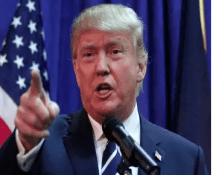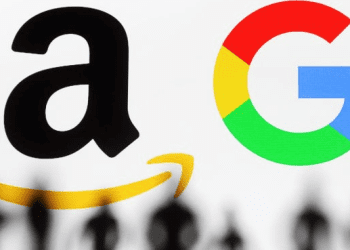Despite significant investments in Nigeria and various regions of Africa, only 38 percent of the population was online in 2024.
The International Telecommunications Union (ITU) revealed this finding, indicating that Africa had the lowest Internet usage globally last year, in contrast to a worldwide average of 68 percent.
The ITU shared these insights in its latest State of Digital Development in Africa report, which highlighted the continent's troubling digital divide, even as demand for Internet connectivity grows.
This statistic signifies that 62 percent of Africa's 1.54 billion inhabitants still lack Internet access.
As reported by the Nigerian Communications Commission (NCC), Nigeria, which boasts one of the largest mobile networks in Africa, had 138.7 million mobile connections as of December 2024.
During the same timeframe, broadband penetration in Nigeria was at 44.43 percent, while 42 percent of connectivity remained on 2G, with 5G connections making up only 2.4 percent.
The ITU pointed out that although Internet adoption is on the rise in Africa, millions are still offline due to expensive service costs, digital illiteracy, and inadequate infrastructure, particularly in rural areas.
According to the report, high prices remain a significant barrier to broader digital inclusion. The ITU noted that in 2024, the median cost of an entry-level mobile broadband plan (2GB per month) was 4.2 percent of gross national income (GNI) per capita, a slight decrease from 4.6 percent in 2023.
This figure is still more than double the UN Broadband Commission's affordability target of two percent and the highest among all ITU regions.
Furthermore, the situation is even direr for fixed broadband, which has a median cost of 15 percent of GNI per capita, making it unattainable for many households in Africa.
These exorbitant costs disproportionately affect low-income populations, exacerbating digital inequality across the continent. The ITU, as the United Nations agency responsible for global communication, noted that mobile networks remain the cornerstone of Internet access in Africa.
It added that as of 2024, mobile broadband reached 86 percent of the population, yet 14 percent remain completely unserved – a number that escalates to 25 percent in rural areas.
While 70 percent of the population has access to 4G, the report stated that approximately 16 percent still depend on 3G networks, which provide slower speeds and limited digital experiences.
Meanwhile, 5G coverage is still in its infancy, reaching only 11 percent of the population, primarily in select urban areas. The report demonstrated that Africa's digital evolution is predominantly driven by young, urban populations, while older individuals and rural residents lag behind.
The urban-rural gap is particularly stark, with Internet usage in cities hitting 57 percent in 2024, compared to a mere 23 percent in rural areas the widest disparity among all ITU regions.
This gap is worsened by unequal infrastructure investment. While the rollout of 4G and 5G is focused on urban locales, rural areas remain reliant on older, slower technologies.
The ITU stressed the importance of implementing targeted policies and infrastructure investments to bridge the digital divide. Regarding policy, it was noted that many African nations are making progress in enhancing their ICT regulatory frameworks, moving towards more competitive and investment-oriented environments.
However, the ITU highlighted that only 18 percent of African countries have achieved the highest level of ICT regulation (G4), significantly lower than the global average of 38 percent.
It cautioned that without strong digital governance, digital transformation would be hampered. The report urged enhanced coordination on digital identity, digital skills, and cross-sector policies, in addition to stronger initiatives in cybersecurity and data protection.




















